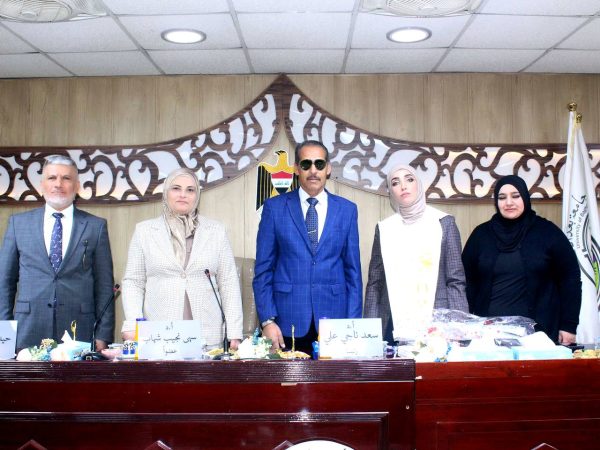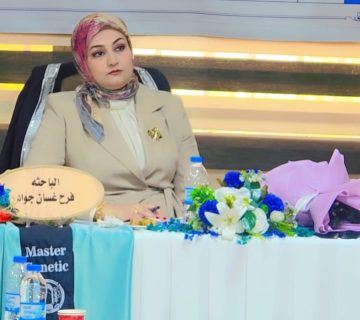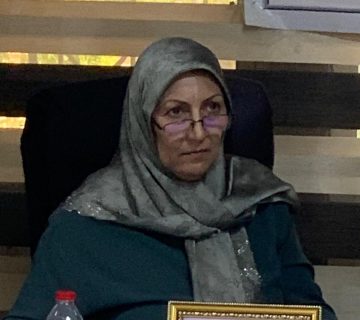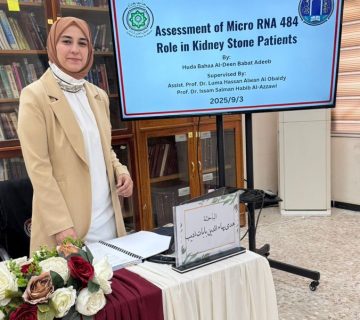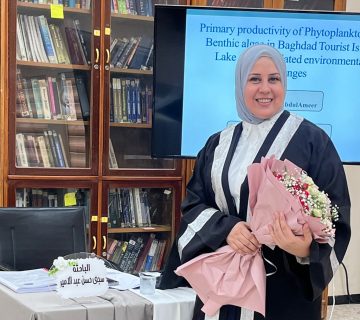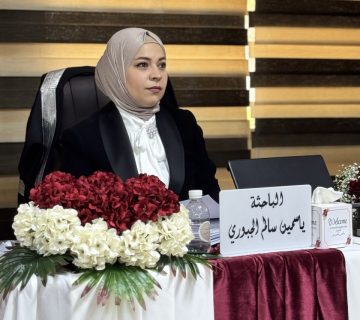The College of Science for Women at the University of Baghdad discussed a master’s thesis (Mathematical Modeling for the Treatment of Carcinoma Using Chemotherapy)
by a student (Sokaina Sabah Hassan).
In this letter we provided an attempt to simulate tumour development by mathematical modelling to forecast how cancer will grow and how treatments will be developed. Five ordinary differential equation (ODE) models of tumour development have been proposed, and their results were compared with real data and the best one was determined.
The other two aspects include two chemotherapy techniques to suppress tumour growth. determine the optimal chemotherapy dose for cancer patients depending on variable harvesting principles by modifying four single-species models and presenting a continuous infusion drug to determine the optimal chemotherapy dose depending on Michaelis-Menten kinetics for describing the interaction between tumour density and drug concentration.
Recommendations: This work can be developed and sustained by Mathematical modeling of continuous drug delivery chemotherapy for tumours that can be developed based on other models instead of exponential and logistic models. The dynamical system between tumour cell density and drug concentration would be extended to include healthy cell density. In the mathematical modeling of chemotherapy of tumours using continuous drug delivery, the Briggs-Haldane kinetics method or Hill equation can be used instead of the Michaelis-Menten kinetics.
